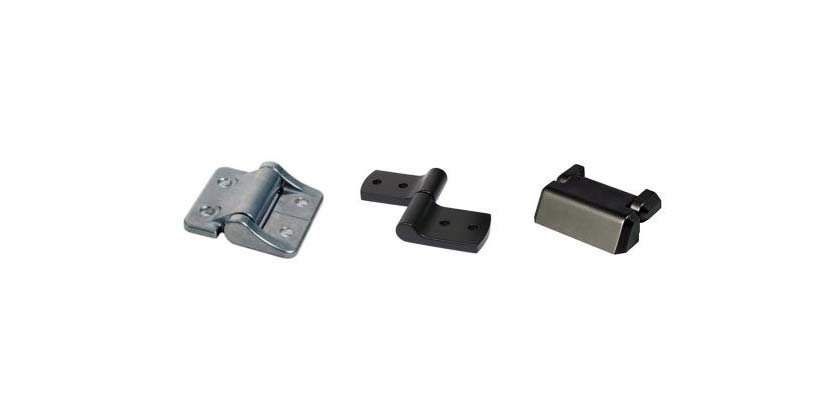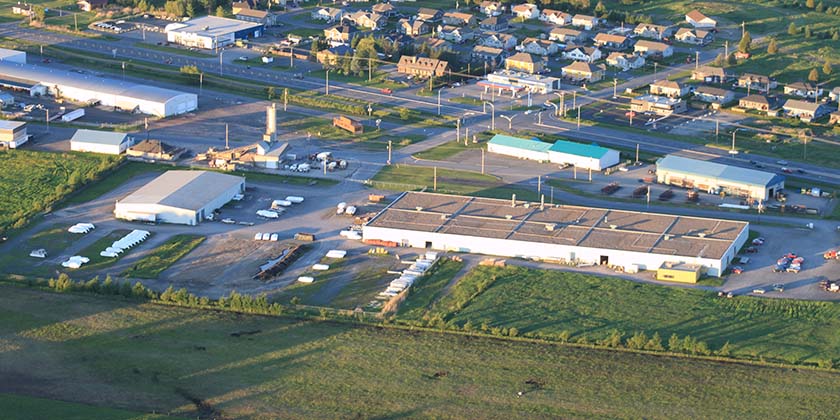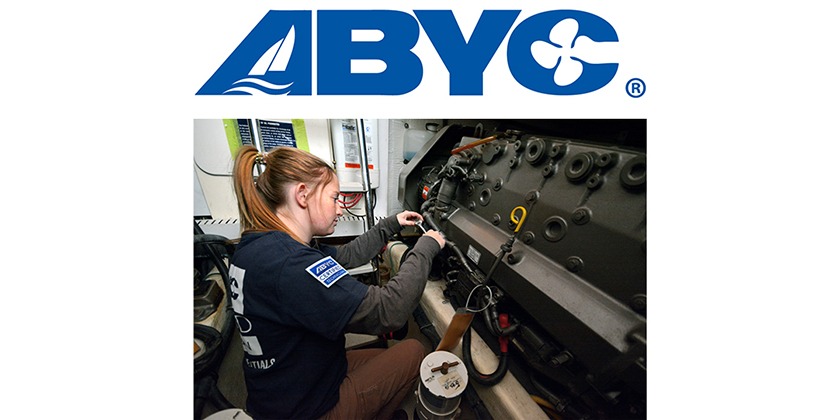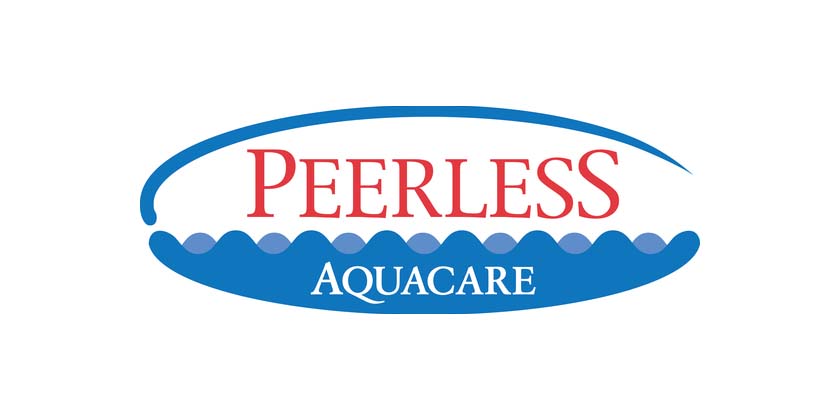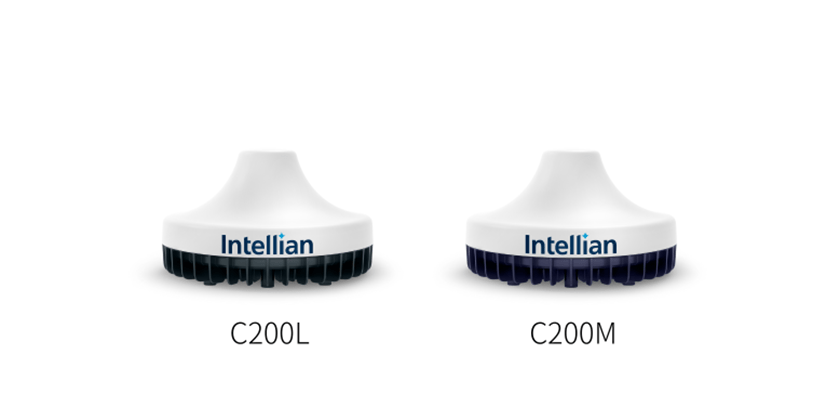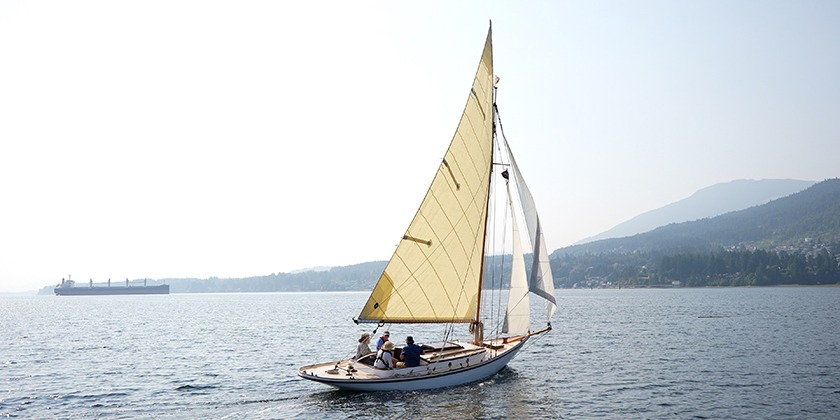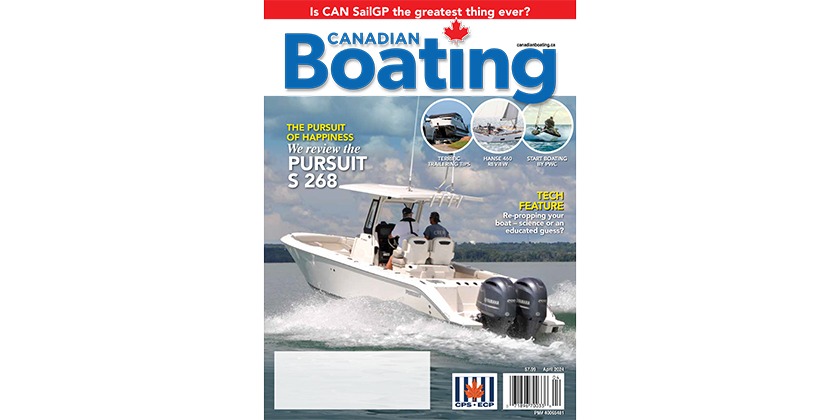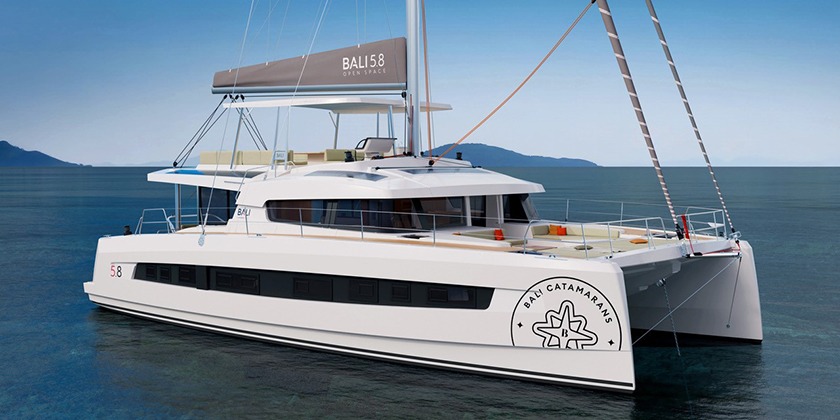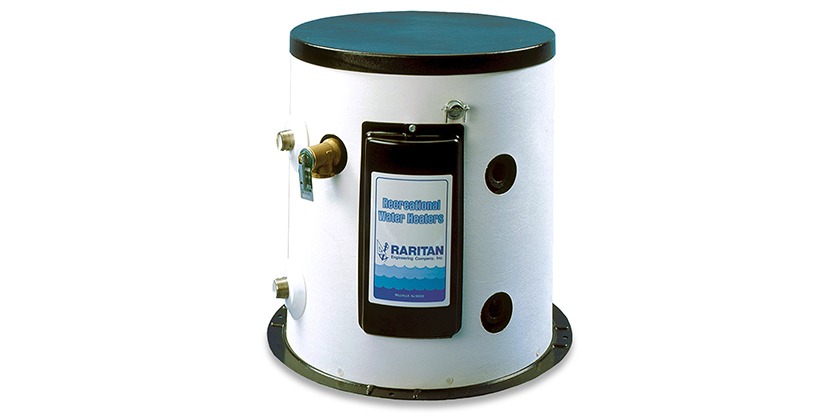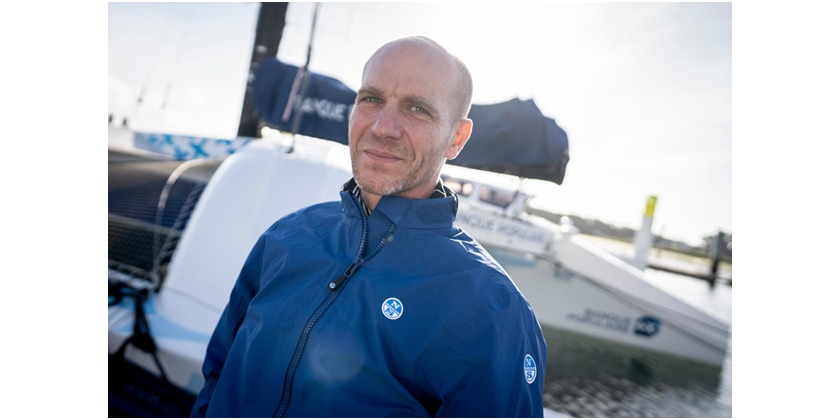UPDATES FROM THE TRENT-SEVERN WATERWAY

Dec 18, 2016
The Government of Canada has announced more than $600 million of work on infrastructure across the Trent-Severn Waterway and its reservoir lakes. As a part of this historic re-investment, major work has been proposed to rehabilitate the Coboconk Dam.
Dams play an integral role in water management within the Trent-Severn system and therefore are essential for public safety. The Coboconk Dam rehabilitation project will involve the replacement of the concrete deck and repairs to the dam’s structure, as well as the replacement of guard railings. Safe public access across the dam itself will be created by constructing a pedestrian walkway or area that is separated from the operating deck. Overall, this rehabilitation project will ensure that the dam is reliable, functional, meets current safety codes and standards, and that its water management capabilities are optimized.
Archaeologists were onsite in early December upstream of the dam to gather information that will inform how the project is conducted. At present it is anticipated that the construction tender for this project will be let in January 2017.
During construction, intermittent machinery noise and increased truck traffic can be expected as a part of the project. Water management capabilities and water levels will not be affected during the course of construction. Further, the project will be conducted in a way that minimizes the in-water footprint.
More information will be available when a contractor has been hired and has completed a work plan. Work is tentatively scheduled to begin in May of 2017. For More Information:
For up-to-date news about this or other infrastructure projects in your area, please visit www.pc.gc.ca/TSWKawarthaLakes. For questions or concerns, or to receive email updates regarding this project, please contact us at Ont.TrentSevern@pc.gc.ca and include “Coboconk Dam” in the subject heading.
About the Coboconk Dam
The Coboconk Dam was built in 1939. It is located in the cottage community of Coboconk, at the outlet of the Silver and Shadow Lake system leading into Balsam Lake. Silver and Shadow Lakes are a part of the Gull River reservoir system, and this dam is the point where that system meets the Trent-Severn Waterway. Balsam Lake is the highest point on the Trent-Severn Waterway, and the highest freshwater point from which one can circumnavigate the globe in North America.

Replacement Of Scotts Mills Dam At Lock 19
Through investments in infrastructure, Parks Canada is protecting and preserving our treasured places, while supporting local economies, contributing to growth in the tourism sector, and enhancing the charm and attractiveness of Canada’s heritage sites. As a part of these important investments, Parks Canada will replace the dam at Scotts Mills Lock 19 in Peterborough.
The original Scotts Mills lock and dam at Whitlas Rapids were built between 1837 and 1844. From re-build to restoration, both dam and lock have seen many changes over the years, including the relocation of the original dam to its current downstream location.
While it is currently in the design phase, the new dam will respect the surrounding landscape, honour the history of Peterborough, and embody the evolution of engineering technology that is on display across the Trent-Severn Waterway. The new dam will also help to improve water management capability on the Otonabee River – mechanized steel gates will be installed, designed to eliminate leakage and make it both safer and faster for operators to make water level changes. In addition, the new dam will be the first step in creating a more publicly friendly lock station site, allowing access onto the dam itself once complete and acting as a gateway to Peterborough for boaters approaching from the South.
Hydro Generation
The new dam construction as a part of federal infrastructure funding does not include hydro development, though the dam will be constructed in a way that does not preclude a future hydro installation. An application for hydro development for the dam at Lock 19 has been received by Parks Canada. The proponent must first obtain a contract to produce energy from the Province of Ontario, as well as satisfy the requirements of Parks Canada and the community. These requirements include hydro generation that will not reduce the ability to pass water at the dam’s current capacity, as well as be mindful of the landscape, the natural environment, and the surrounding neighbourhood.
What we’re doing to prepare
Parks Canada is currently at the very early stages of the project. While discussions are taking place between Parks Canada and our consultants about the hydraulic capacity of various styles of dams, we’re working to provide them with all of the data required to design the new dam and the manner in which it can be constructed. For example, it’s imperative that the dam maintain the ability to pass water during construction, and Parks Canada’s water management team is involved in design discussions. In addition, in late November contractors began conducting in-water investigations that will help show us the topography of the bed of the river, and provide the depth of bedrock.
Parks Canada is working with partners at the Department of Fisheries and Oceans Canada, the Ontario Ministry of Natural Resources and Forestry (OMNRF), and with First Nations to ensure that appropriate protection and mitigation measures are in place to address our fisheries. Parks Canada conducted spawning surveys in 2016 according to OMNRF protocols and locations, and will expand our efforts in the spring of 2017. These investigations will serve to inform the Environmental Impact Assessment, and to focus the design and location of enhanced Walleye habitats – both designed to minimize the impact of the project.
The reconstruction of this dam poses a challenge due to its location in an urban area. Parks Canada has purchased three properties adjacent to the dam on the East side to create more space for construction staging. The buildings on these properties may be removed over the next year to prepare for the project. The use of these properties following the completion of the new dam has yet to be determined – Parks Canada will be engaging the community in discussions prior to construction in order to generate ideas and feedback.
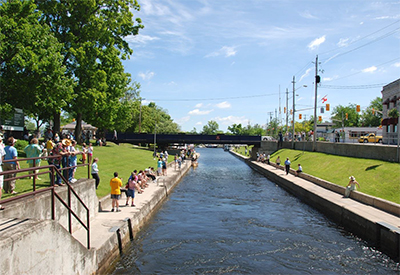
Investigative Bridge Work – Lock 32 Bobcaygeon
Through investments in infrastructure, Parks Canada is protecting and preserving our treasured places, while supporting local economies, contributing to growth in the tourism sector, and enhancing the charm and attractiveness of Canada’s heritage sites.
As a part of these important investments, Parks Canada has begun a comprehensive inspection of the Bobcaygeon Swing Bridge, including the bridge structure and abutments, the guardrails, and embankments. These inspections will help to determine the nature and scope of any repair work that may be required in the future. Weather dependent (above freezing temperatures are required for the hydraulics to work properly) residents may see a bridge swing or two before Christmas as a part of these inspections. These swings will be no longer than a normal summer bridge swing.
Geotechnical work* has already taken place in some places, and the concrete approach walls on the Canal Street side of the downstream canal (South, at the blue line) have been earmarked for rehabilitation. More information about the timing of this and any future work will be provided to the community when available.
The Bobcaygeon Swing Bridge was originally constructed in 1921, and remains an important part of the landscape of the community, enabling the mix of both boat and vehicular traffic in the downtown core. Any work that will take place will be completed by May, in time to welcome boaters once again on the Victoria day weekend in celebration of Canada’s 150th anniversary celebration.
*What is Geotechnical Work?
Geotechnical work provides important information about the composition and integrity of soils and other materials like concrete, which is used to plan the design of projects and structures. There are many ways of obtaining this information: test pits dug with an excavator, boreholes in earth or rock using drill rig and auger, concrete core sampling with a smaller drill rig or portable system, or even seizmic sounding line. Impact to individuals when this takes place is generally be limited to short-term vehicular lane closures where access is difficult, short-term equipment noise, or an air horn-like blast when seizmic sounding is used. In Bobcaygeon, concrete core sampling has already taken place, and the need for other forms of testing is not anticipated.
We’d like to hear from you
To ask questions or express concerns, or to receive email updates about the project in Bobcaygeon, please contact us at Ont.TrentSevern@pc.gc.ca and include “Bobcaygeon Swing Bridge” in the subject heading.
For up-to-date news about this or other infrastructure projects in your area, please visit www.pc.gc.ca/tswKawarthaLakes.





